January 6th will forever be a solemn day burned into our collective psyche, especially for those of us who were there and experienced it firsthand. I was one of those people.
I was filming alone at the Capitol that day for a documentary about the Electoral College. After years of researching the unique system by which America elects its president, I had no idea my journey would deliver me to a moment where history would unfold before my very eyes—the first non-peaceful transfer of power in the United States.
January 6, 2021, marked the final step for the Electoral College. A joint session of the United States Congress convened to count the certified electoral votes delivered from all 50 states. What should have been a routine democratic process became a day of chaos and violence.
Among the crowd, a video circulated that they believed showed a 17-year-old girl being fatally shot. The anger was immediate for what they perceived as the murder of a child. Later, I learned the individual in the video was not a teenager but a 35-year-old woman named Ashli Babbitt, whose death would become a rallying point for many within the movement.
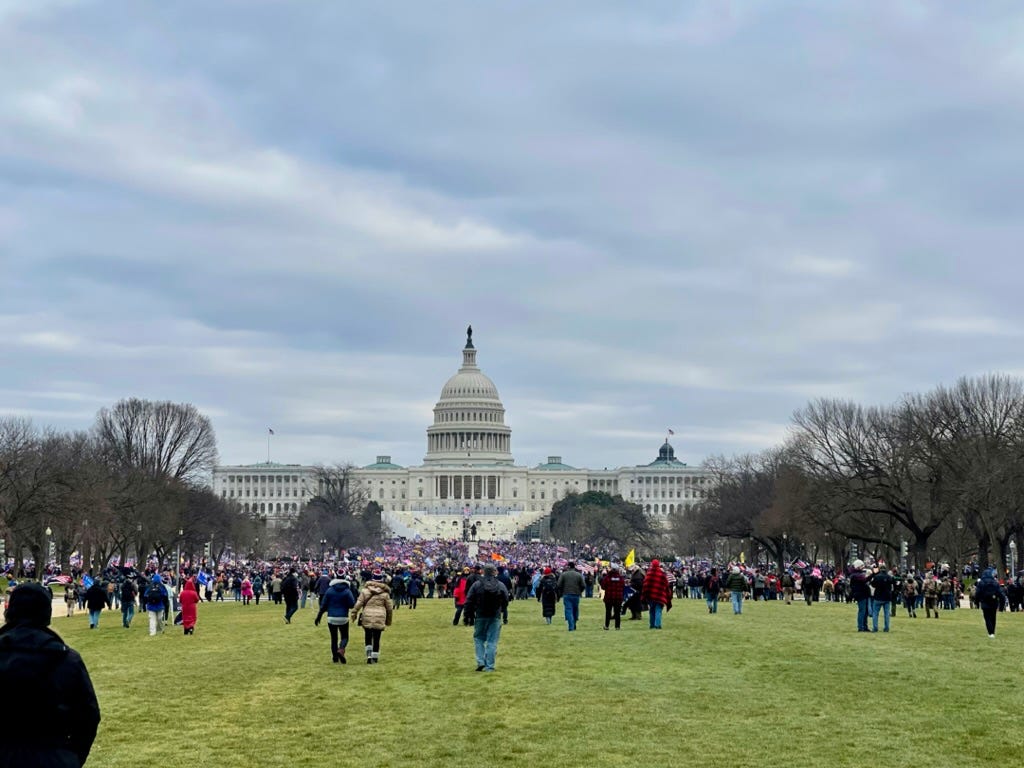
I was stunned by the numerous calls for martial law echoing through the crowd. It was jarring to witness how ready and willing so many were to abandon democracy and their palpable frustration when the figure they expected to declare it—then outgoing president Donald J. Trump—failed to appear. Among the chaos, the Christian presence was undeniable—crosses, signs reading “Jesus Saves,” and prayers woven into the chants for political action. Many seemed to believe that their cause was divinely sanctioned and that their demands for martial law and the overturning of the election were not just political imperatives but part of a holy mission.
Throughout the day, I was repeatedly asked, “What outlet are you from?” I answered truthfully, explaining that I was an independent filmmaker. That answer was enough—at least until chaos erupted, and I found myself on the steps of the Capitol.
That was when I was mugged, and half my footage was stolen. I was surrounded by an agitated crowd demanding I stop filming, threatening to destroy my camera if I didn’t comply. I tried reasoning with them, pointing out that by silencing me, they were infringing on my freedom. To my surprise, it was members of QAnon who stepped in to defend me. They agreed that I had the right to film and told the others to back off.
Shaken, I stepped aside, trying to gather myself. My camera’s screen flashed “no media card,” confirming the loss of my footage. The QAnon members who had defended me approached to check on me and offer comfort. They expressed their disapproval of how I had been treated, asserting, “This is not what today is about.”
As they tried to reassure me, the person threatening me accused my defenders of being traitors for coming to my aid. Insulted by the accusation, a physical altercation broke out. The tension escalated quickly before others separated them, diffusing the situation before it could spiral further.
I was no longer a fly on the wall, and the last thing I wanted was for anyone to be harmed on my behalf. I knew it was time to leave.
It was dark, and the curfew had already begun. I was stranded miles from my car, exhausted and weighed down by my camera equipment. A couple of protestors noticed me struggling and offered to help, striking up a conversation as we walked. When I told them about the harassment and theft I had experienced, they were quick to lay the blame on Antifa, convinced that the group was not only responsible for my ordeal but also for breaching the Capitol earlier that day. They expressed their desire to keep me safe and make sure I got home safely.
All rideshare services were not operating. With no other option, we hitchhiked with a Latino couple, “Stop the Steal” protesters who had driven up from Florida. Wedged in the middle seat of the back row, I listened as they shared the conspiracy theories that convinced them the election had been stolen. They decided to stop by their hotel before dropping me off. They were starving, and family and friends were waiting to order room service. I felt a twinge of hesitation—I had no idea what I was walking into—but I agreed, knowing they had already gone above and beyond to protect me.
When we entered the hotel room, my new friend introduced me to the group. “This is Maximina. She’s an independent filmmaker.” I stood there, disheveled from the day, holding a big camera rig and the only one wearing a mask. They regarded me with a mix of curiosity and suspicion. I took off my mask and used some humor to break the ice.
The TV was tuned to Fox News, and the room buzzed with frustration. They were upset that Trump hadn’t shown up as they expected he would. They talked about Antifa and a range of conspiracy theories. Some of the family members there hadn’t seen each other in years, and it was a unique kind of reunion.
When I finally made it back to my Airbnb, one of the young men who had gone out of his way to ensure my safety refused to accept my gratitude. He insisted we thank Jesus instead, asserting that God—not himself—had brought me back safely. He called me family, gave me a hug, and left.
All this said, there has been a lot of discussion about the violence and the rioters during the events of January 6, but much less about the peaceful aspects of that day. I saw thousands of people who had traveled far and wide not just to protest for an election that they believed was stolen but to pray.
That day, religious symbols were conspicuous among the sea of flags and banners. Crosses, Bibles, and signs reading “Jesus is my Savior. Trump is my President” and “Jesus 2020." Protestors' prayers blended the language of faith with calls to overturn the 2020 presidential election results.
For many Christian Nationalists, January 6 represented not just a political mission but a spiritual one. They believed they were defending a divinely ordained nation from what they perceived as fraudulent and immoral forces. This conviction was reinforced with rhetoric to mobilize support for the "Stop the Steal" movement, framing their actions as part of a larger battle between good and evil.
Christian Nationalism is a political ideology that merges Christian identity with that of a nation. It believes America's founding principles were divinely inspired, and Secularism is a deviation from this original intent. Many people at the Capitol on January 6 perceived their actions as divinely mandated and, therefore, justified.
One of the things fervently prayed for on that day, beyond the overturning of the 2020 presidential election, was the reversal of Roe v. Wade. The landmark 1973 decision secured a constitutional right to abortion.
In 2022, their prayers were answered. The Supreme Court overturned Roe v. Wade in Dobbs v. Jackson Women's Health Organization. This could have been evidence that “God’s plan” was working and a motivator in the 2024 election to get out the vote among their communities and ensure “God's work” would continue.
As the nation looks ahead to the next four years, it is critical to consider and prepare for the trajectory of the Christian Nationalist movement. We cannot afford to overlook the renewed vigor with which they are likely to pursue deeper influence over the judiciary, legislative policy, and voter mobilization—particularly on issues such as abortion, LGBTQ+ rights, prayer in schools, and initiatives that erode the separation of church and state. Their ultimate goal is to embed their ideology into the very fabric of American governance. For the most extreme among them, authoritarianism—led by someone they view as the “chosen one,” President-elect Donald J. Trump—is seen as the means to achieve a nation where church and state are no longer distinct but one and the same.
But as I said, today is a solemn day. I want to thank those who stood in defense of democracy on this day four years ago. To Mike Pence, who resisted immense pressure to reject the Electoral College votes and send the country into unprecedented chaos; to the members of Congress who, despite facing grave danger, were determined to uphold the results of a free and fair election; to the Capitol staff and law enforcement who now bear the physical and emotional scars from the events of January 6th. And finally, to those who paid the ultimate price that day, your courage and sacrifice will forever be remembered.
Thank you for reading! If you found this article interesting, you can help me tremendously by giving it a ❤️.
To learn more about Christian Nationalism, I recommend these documentary films: God & Country and Bad Faith.
You can also watch my film One Person, One Vote? about the Untold Story of the Electoral College here.


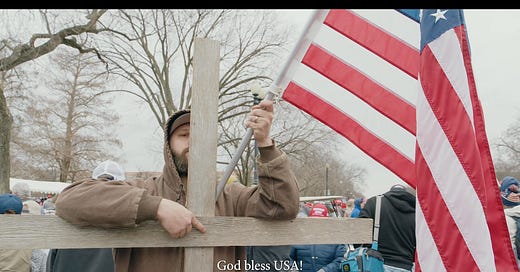


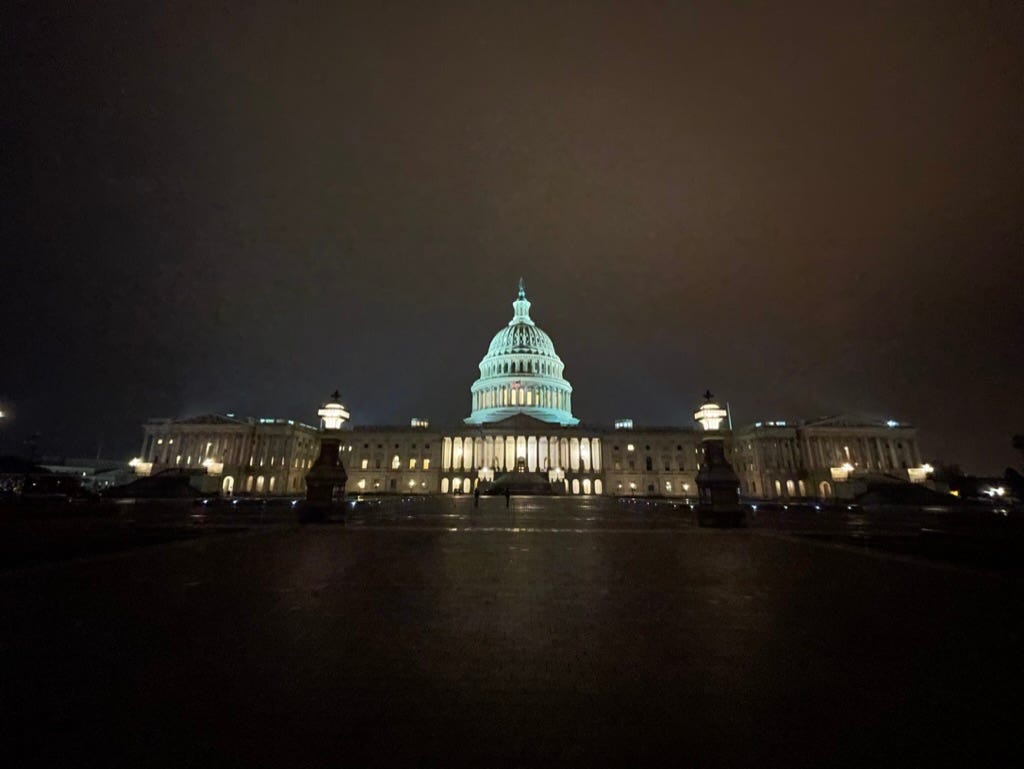
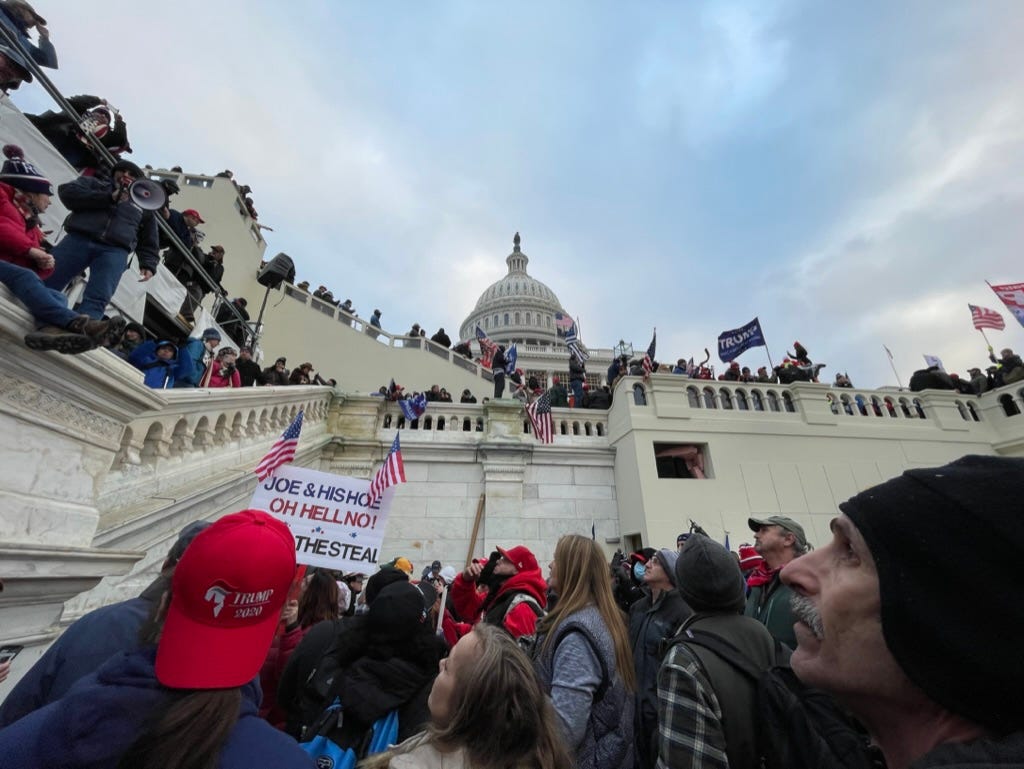
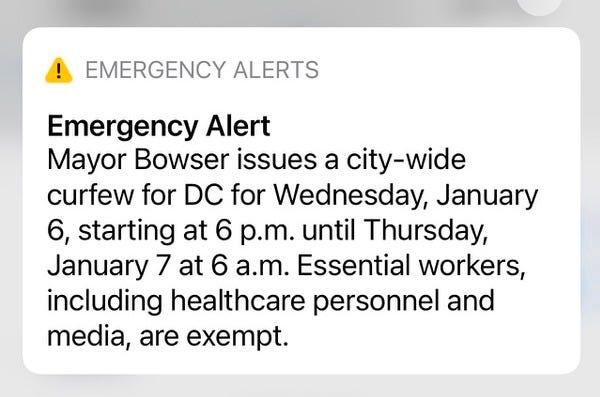
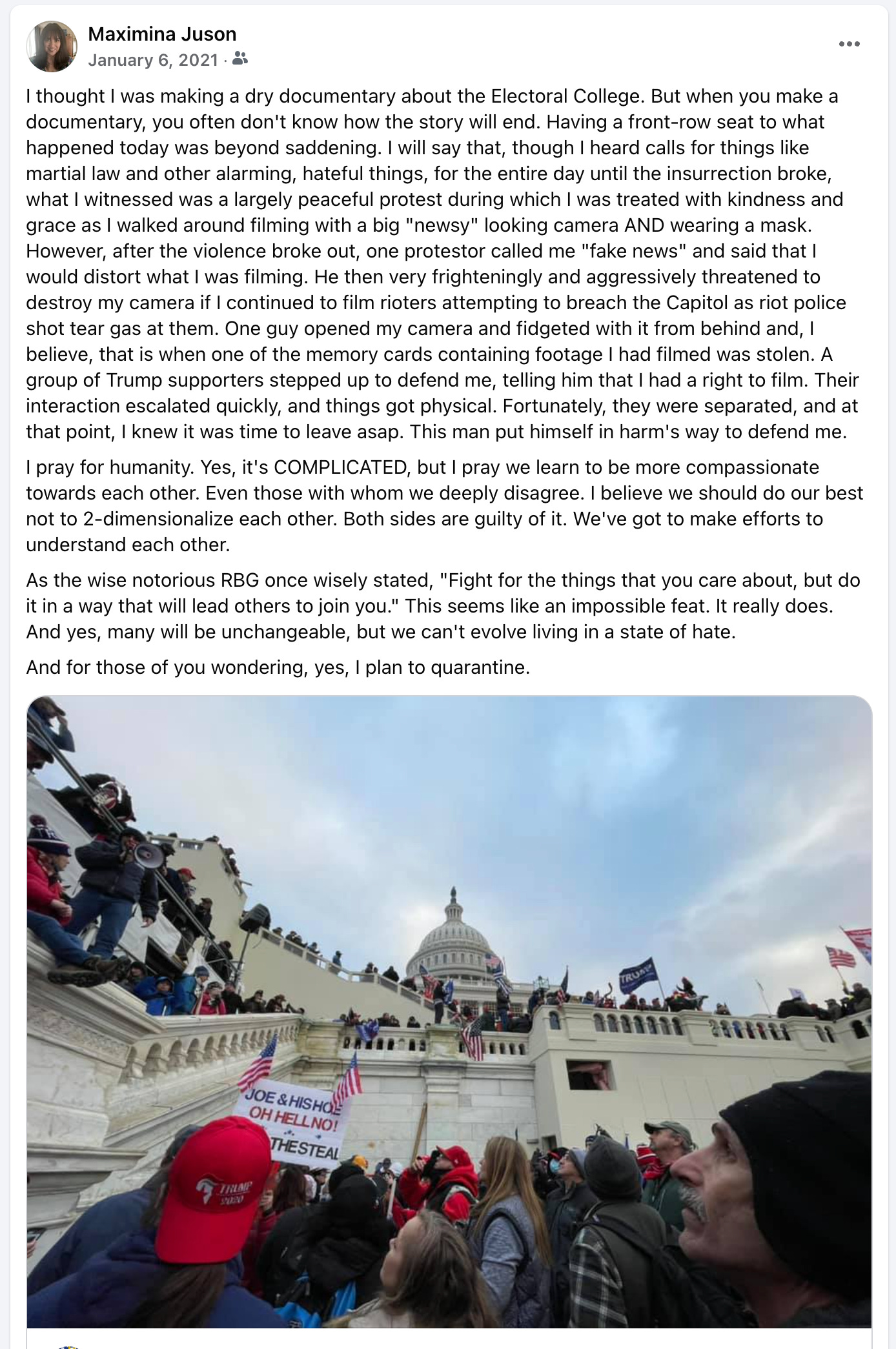

Share this post